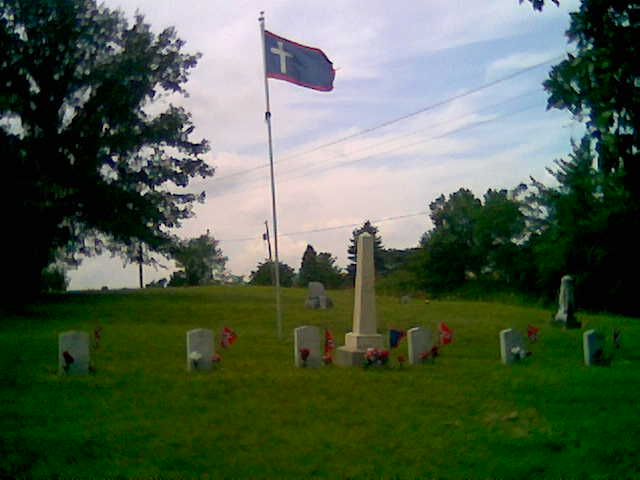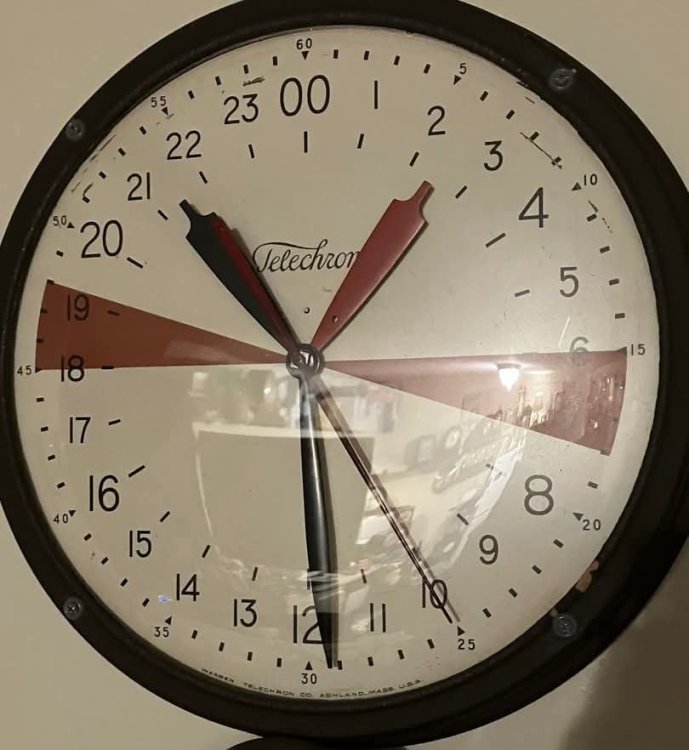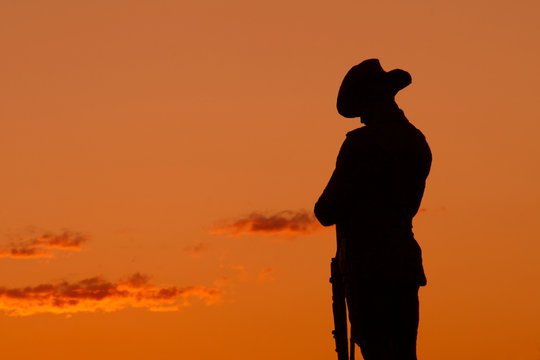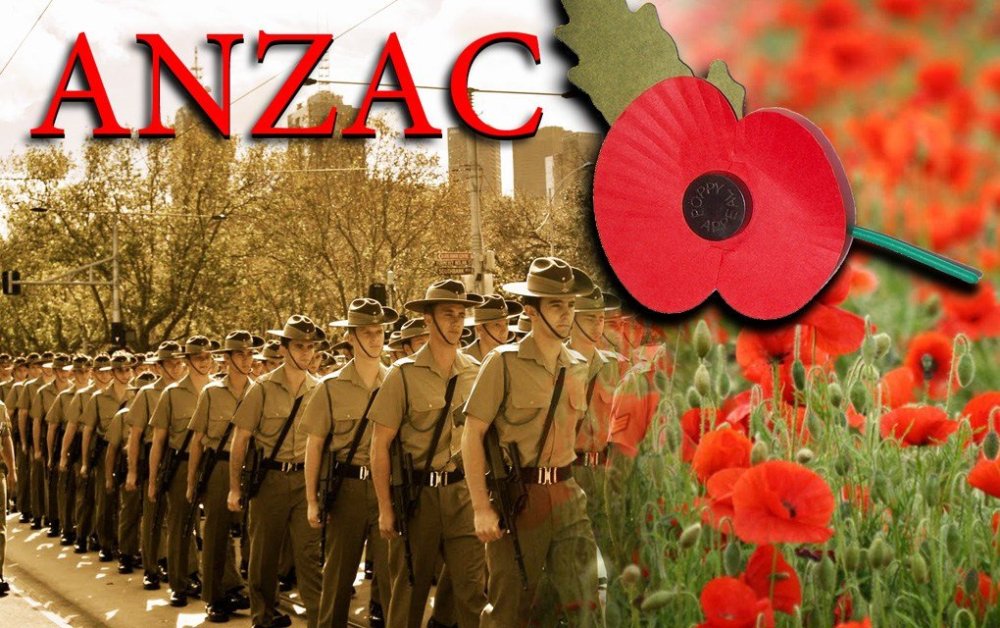-
Posts
53,502 -
Joined
-
Last visited
-
Days Won
631
Content Type
Profiles
Forums
Events
Everything posted by Subdeacon Joe
-
I'd never heard of this before. https://www.kqed.org/arts/13931210/san-francisco-bay-shag-arch-blossom-rock-dynamite-exploded https://www.ebparks.org/sites/default/files/landmark_trees_roberts.pdf https://archive.org/details/ReportUponTheRemovalOfBlossomRockInSanFranciscoHarbor
-
- 2
-

-
Maybe use lard instead of tallow or Crisco. It was pretty much the universal lubricant back in the day.
-
I saw this clock posted on a FB page and had to dig into it. Seems to be the morse code version of a maritime radio room clock. https://g0kya.blogspot.com/2010/09/history-of-ships-radio-room-clocks.html?m=1 "History of ships' radio room clocks Remember when all ships had real radio operators? If you do you'll know that the ops had to maintain "silent periods" when they wouldn't transmit, instead listening for distress calls on 500kHz and 2182kHz. For this they had a special radio room clock with sectors marked on it. After the loss of the Titanic, the radio frequency of 500 kHz became an international calling and distress frequency for Morse code maritime communication. For most of its history, the international distress frequency was referred to by its equivalent wavelength, 600 meters, or, using the earlier frequency unit name, 500 kilocycles [per second] or 500 kc. 2182kHz was added later and transmissions on 2182 kHz commonly use single-sideband modulation (SSB) (upper sideband only). However, amplitude modulation (AM) was often used in some parts of the world."
-
You need to soak it for a few days in salt water and work while it's still wet.
-
First thought, "DANG! That's gorgeous! A little weird, but gorgeous!" Second thought, "Good Lord! What a pain in the posterior to dust and clean!"
-
You're likely not more than a day or two from your own lines, keep everything, turn it over to the infantry. Re: rifles (or rifle muskets), if they were cavalry they maybe would have had carbines or musketoons, not rifles. I chalk this up to the author not knowing firearms of the era. Re: sabers. In the War of 1861 they were useful in a charge against infantry, or as a weapon of last resort against other cavalry. Also good if you were able to overrun artillery, "sabering the gunners there" and all that. If nothing else you can cut down the blade and make a nice fighting knife.
-
"OHMYGAWD!!! It went viral so it must be fake!" https://www.sbs.com.au/news/article/meet-the-aussie-twins-taking-the-internet-by-storm-for-speaking-in-unison/h2mfva4f0
-
That's why I watched it! It's on Amazon Prime Hubba, hubba! Some other nice eye candy too. And overall, not a bad little comedy, somewhat on the order of The Great Race.
-
Even if just for the wonderful costuming.
-
Same man. Born "Curd Gustav Andreas Gottlieb Franz Jürgens." Often billed as "Curt Jurgens."
-
Diana Rigg, Oliver Reed, Telly Sevallas, Curd Jürgens. Based on a story co-written by Jack London.
-
Backed out of the garage? Or did you make it out to the street? Either way, not far.
-
- 1 reply
-
- 2
-

-

-
And I would likely rather buy it locally if possible because even with the California sales tax it would likely be less expensive than the cost with shipping. Others have covered why I would rather sell to retailers than JQ Public.
-
http://chinamarine.org/Gunboats/YangtzeRiverViews.aspx
-
"The Sand Pebbles" set in 1926. One heck of a good movie. Here's a site about the China Marines. From that site, a Timeline and Uniforms & Equipment . At the main site there are a bunch of tabs for locations, personalities, US Army, gunboats, the fleet, and other things. LOTS of good photos.
-
Still that era.
-
That would be Swamp Thing, 1982. "An outrageous pair."
-
Eye candy is a redeeming aspect.





